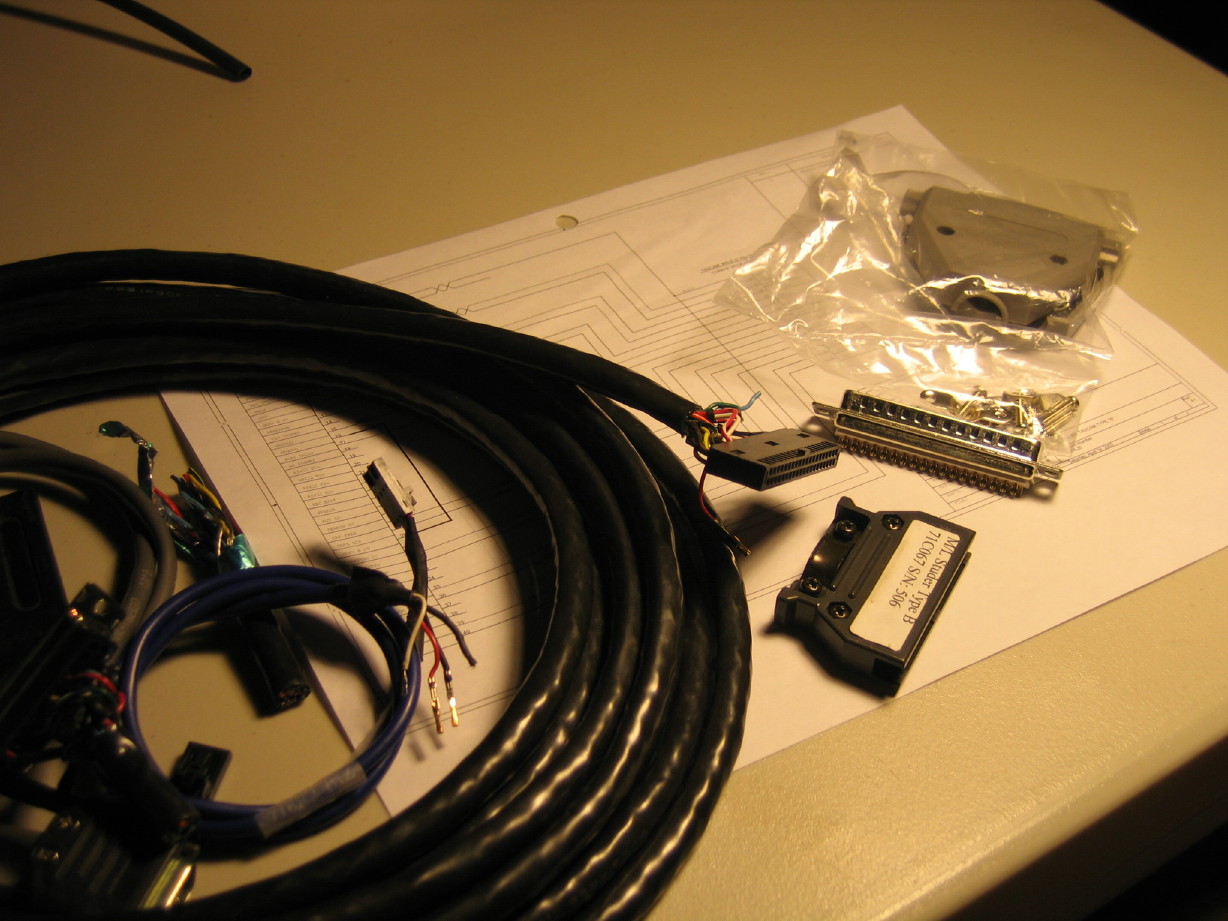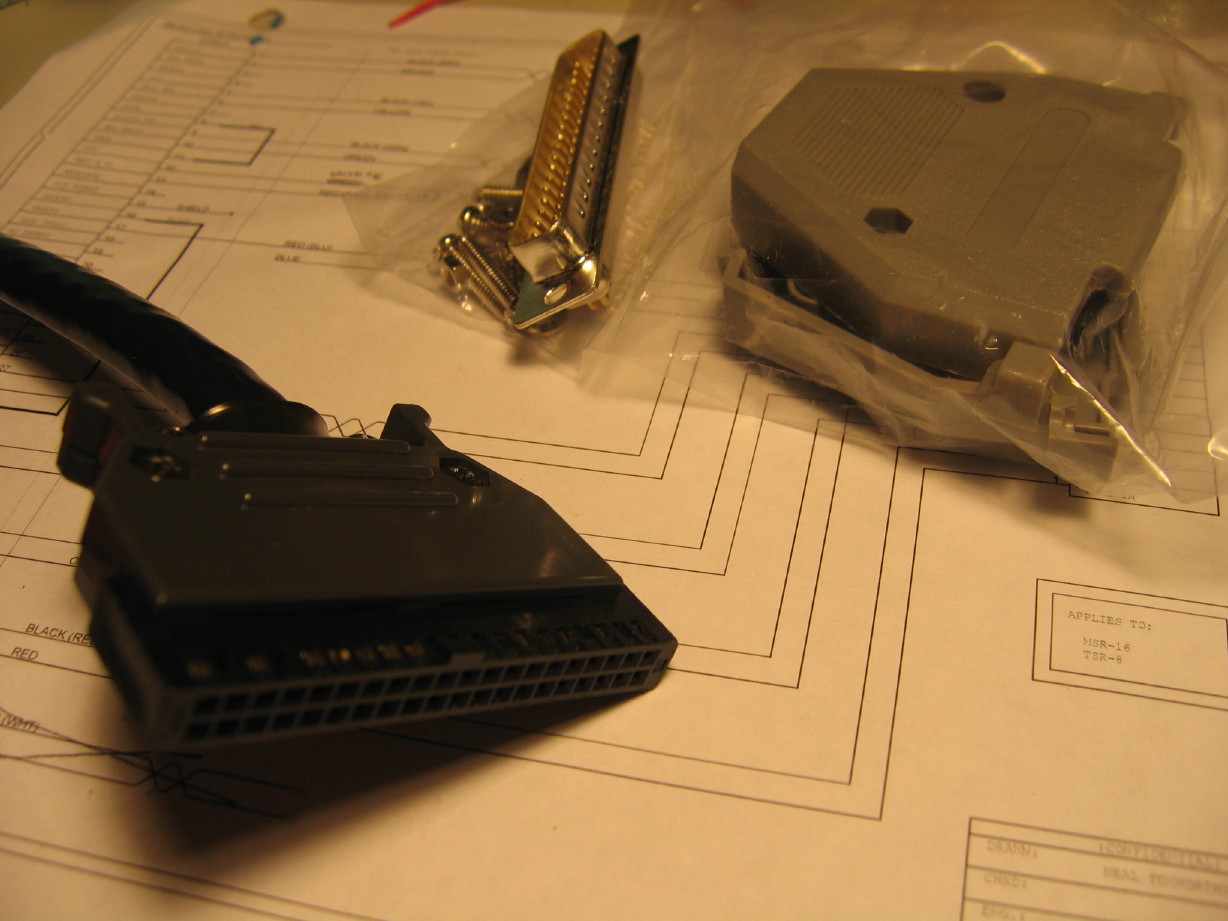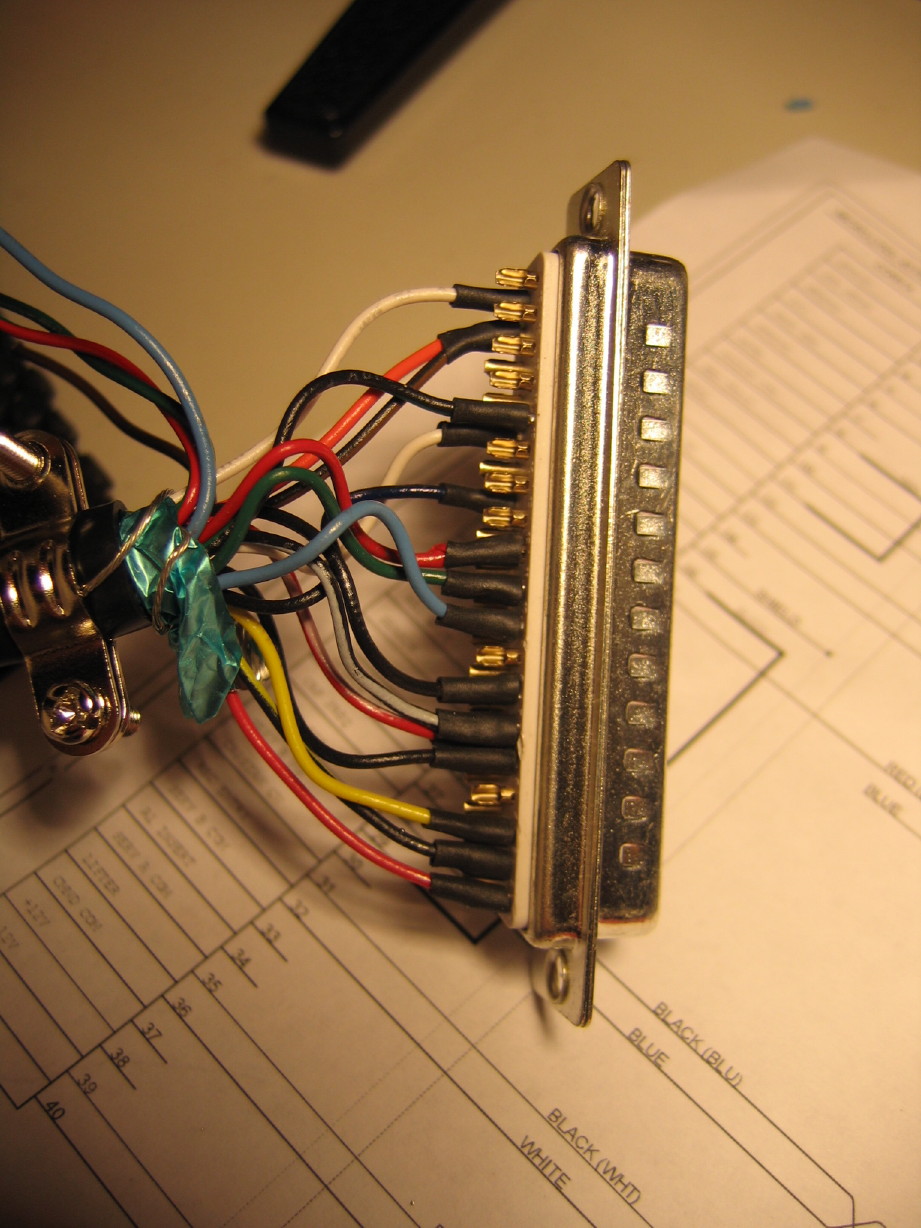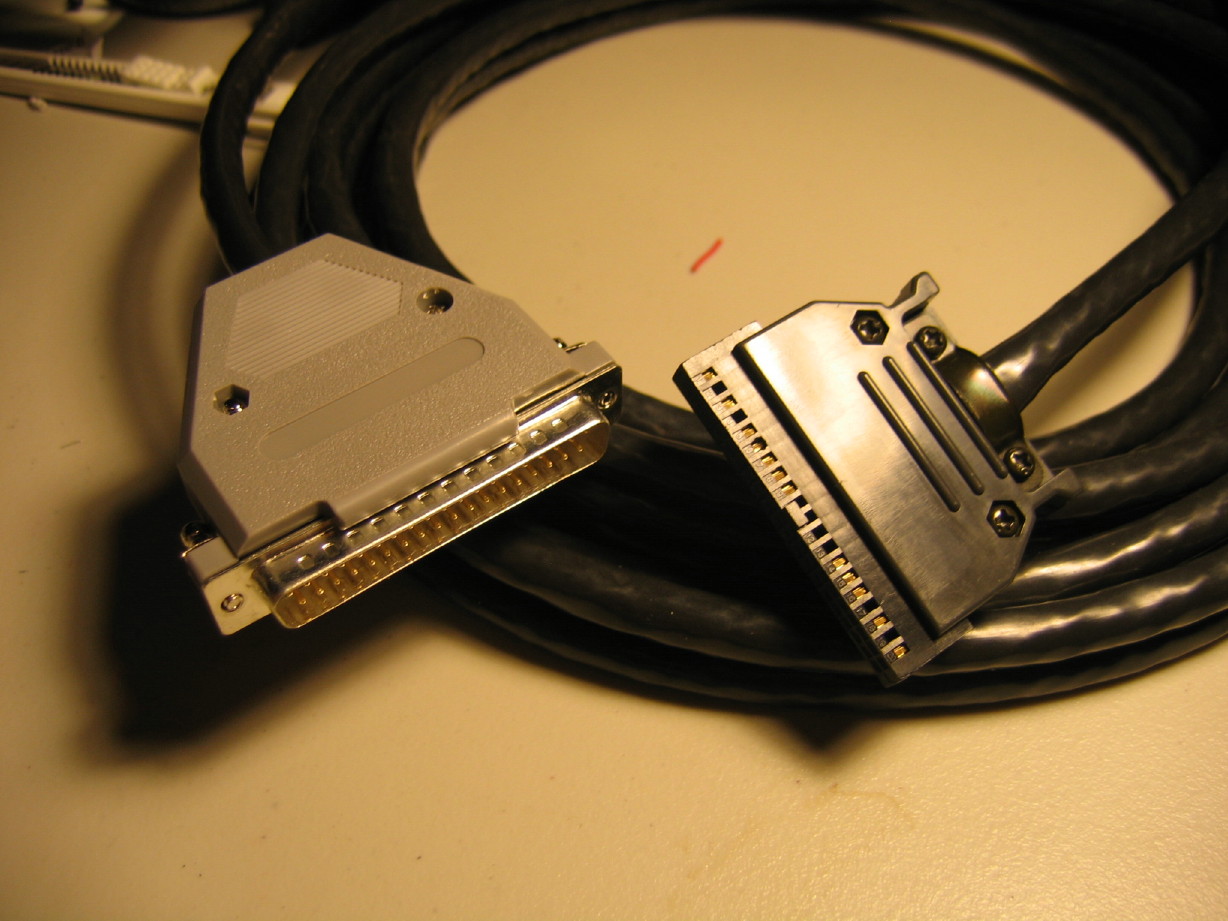Molasar
New member
Tascam BR-20 and Tascam 32 overhauls here:
http://velvetdreamstudios.spaces.live.com/blog/
Might need to scroll down...
Cheers!
http://velvetdreamstudios.spaces.live.com/blog/
Might need to scroll down...
Cheers!

I can't believe what this thing does with sound...
Working on compiling tracks for a project I'm involved in. Its an all digital project but I'm totally getting addicted to putting the stereo sum of the mixer through the BR-20 and monitoring off the repro head in REC rather than monitor straight off the board.
Its...incredible. I guess I'm finally getting indoctrinated into what you all are nuts about. I've been nuts about this analog stuff because of hunches and logical assumptions, and nuts over the aesthetics and the theory...and the mechanics. Those that know me through this forum know that I'm definitely an analog tape-o-phile, so can you imagine how I'm feeling now that I'm experiencing the best part? The sound???
I don't mean to keep going on but I listened to all sorts of stuff through it tonight...stuff I'd mastered, stuff other people have done...16/44.1 stuff, 128kbit mp3's...everything sounds wider and closer, deeper and more clear, more sparkle to it but a soft, natural sparkle...how does it do that?
Its literally like pulling a wool blanket off the monitors. I tried for days and days on digital mixes to get that sound and I thought I had it and *boom* it comes off that repro head just like that. And I'm hearing this in direct comparison between the input and repro...switching while tape is rolling.
I'm not kidding...at one point I thought I was going to cry it sounded so good.
Its incredible.
I need to put some A/B comparison up here.
BTW I thought I had a bad card, relay or some other problem as the right channel kept going out coming off the deck. Its just a touchy cable.
Also keep in mind all the good sound is on a deck with some significant head wear and it hasn't been biased or calibrated.
ALSO...again...this thing handles tape so beautifully...effortlessly. I couldn't get over how awesome the tape pack looked from even a fast-wind...looked as good as the spool-speed packs used to look on my 58.
I have an Ampex 440C in storage ready for a refurb someday but I'm really falling for this BR...
I'm thinking I need to re-label the two-track return switch in the monitor section of my mixer to "awesome" or "nice" or something like that because that's pretty much how it makes stereo digital program material sound.
Its just astounding..
I think I'm done ever participating in any digital vs. analog debates. It just has to be heard. I suppose my question, if ever I do participate in such a discussion, would be "Have you ever done realtime A/B comparison of playback of digital program material and then took the same playback, in realtime, and monitored off the repro head of a high-speed (i.e. 15ips) mastering recorder (i.e. halftrack 1/4 inch or better) that is in good repair while recording?"
There's just no debate. It takes that digital material and opens up the mix and softens the edge and livens up the low frequencies...it just can't be described. Sold. Done.
I'm going to have to recal the peak LED's on the BR's VU's because even when they are going nuts the material coming off the repro is still clean. I'll do that when I get around to doing a complete cal on the BR. BTW I'm using fresh SM-900.
There you go. How about ASTOUNDING SOUNDING ??
 ...excellent idea, Danny.
...excellent idea, Danny. 
If you figure out EXACTLY how to do that, please let me know. I think my MS16 peak leds are supposed to light at somewhere around 15 dB over...
Ethan,
Thank you for the very detailed reply. Yes, that is why I had given up on trying to get the peak lights to operate as intended. For certain the manual gives a procedure, but I found it just didn't work to well. But I'll bet the method you have described will do the job. Thanks again.
Regards,
Danny
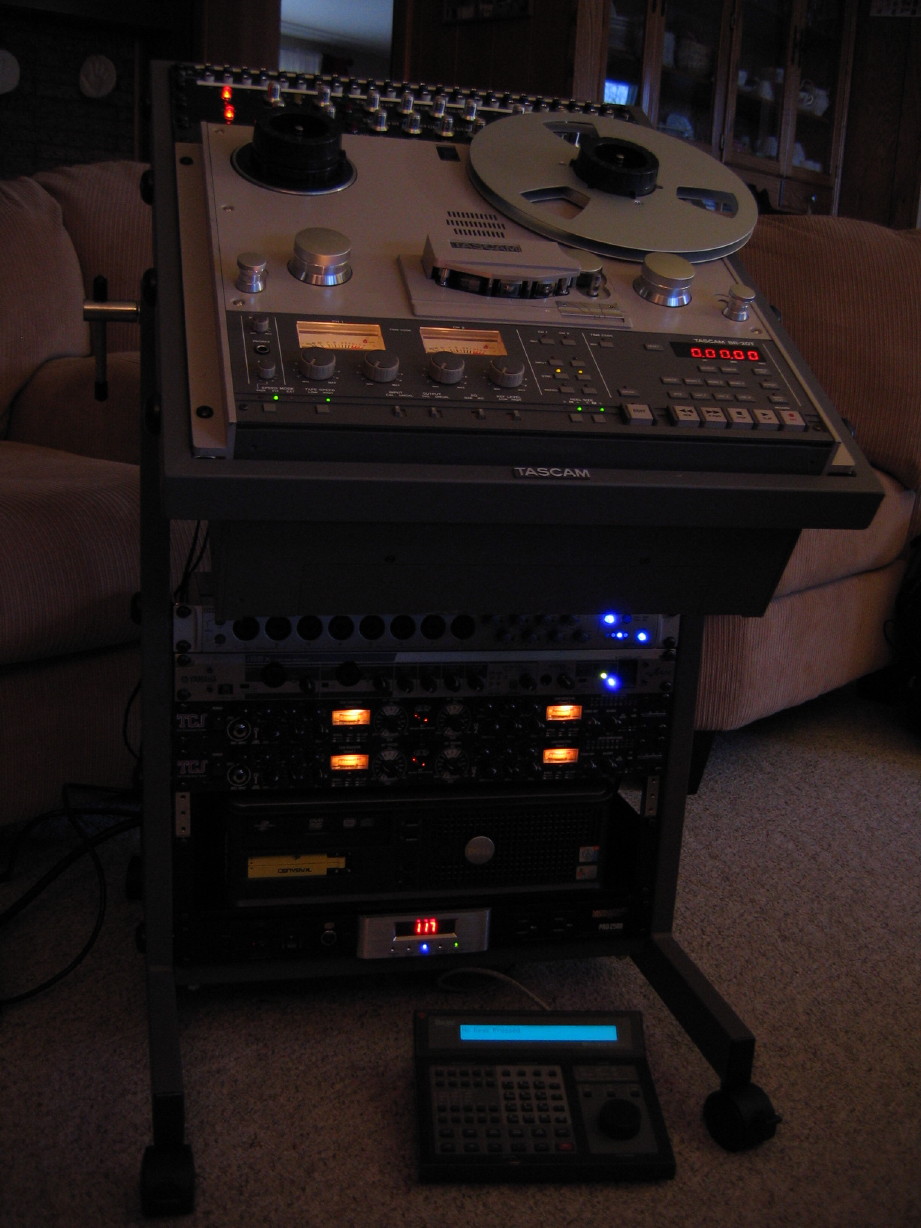
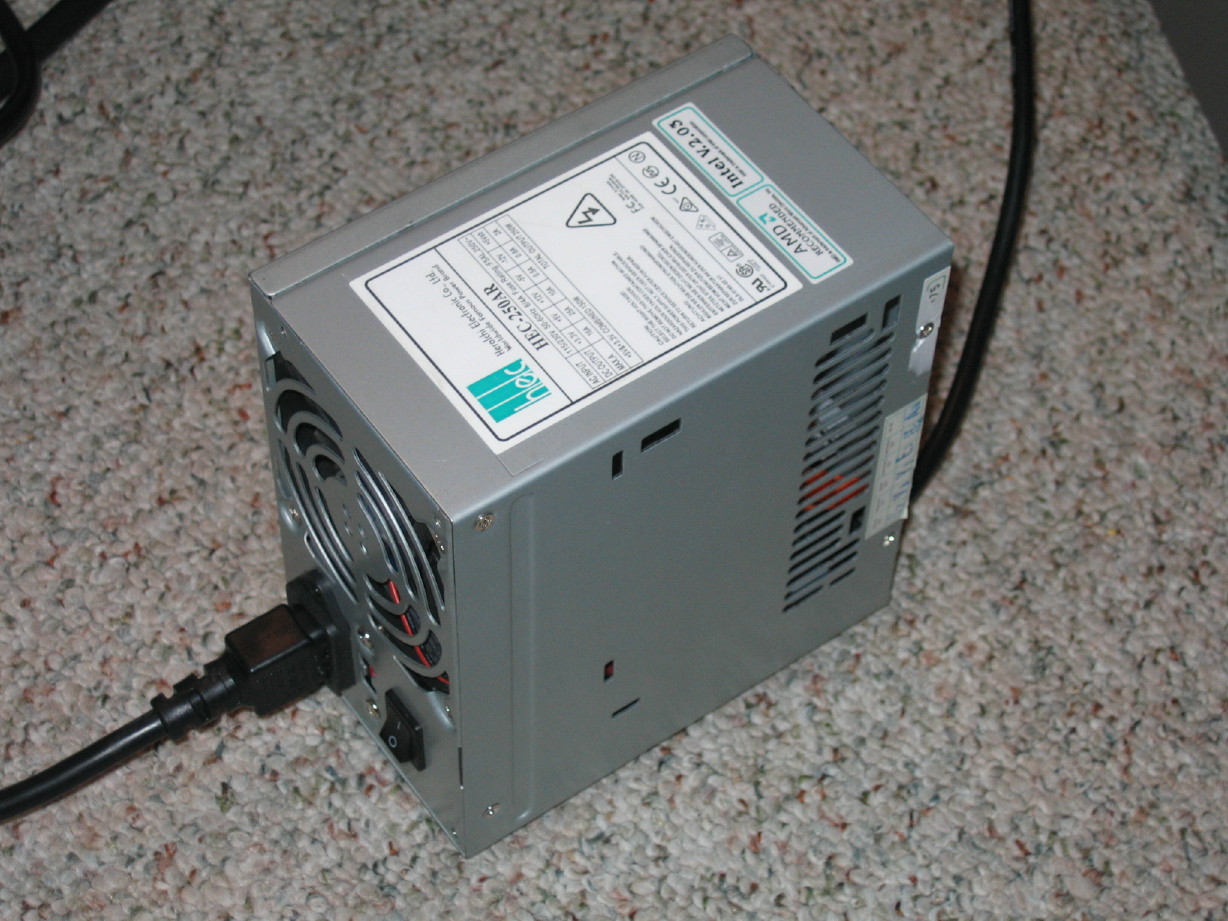
 ...and I think I need to talk to Ethan about lifter sleeves. The grooves in the lifters are making a mess of things. The tape that grooved them MUST have been ever so slightly more narrow...
...and I think I need to talk to Ethan about lifter sleeves. The grooves in the lifters are making a mess of things. The tape that grooved them MUST have been ever so slightly more narrow...



 Cable and accessory connector are no problem.
Cable and accessory connector are no problem.Tim, does the Microlynx cable have 20 conductors in it (i.e. 10 twisted pair)?
If so, then yeah you just need some of the pins and you can configure that cable for just about any transport...PM me if interested.
Now, read on.............................................
